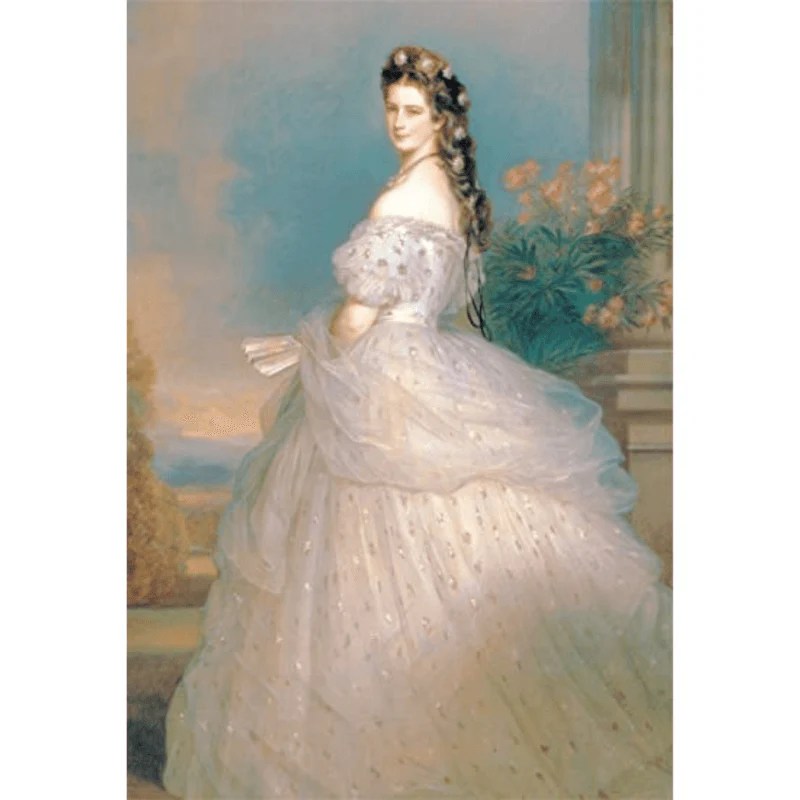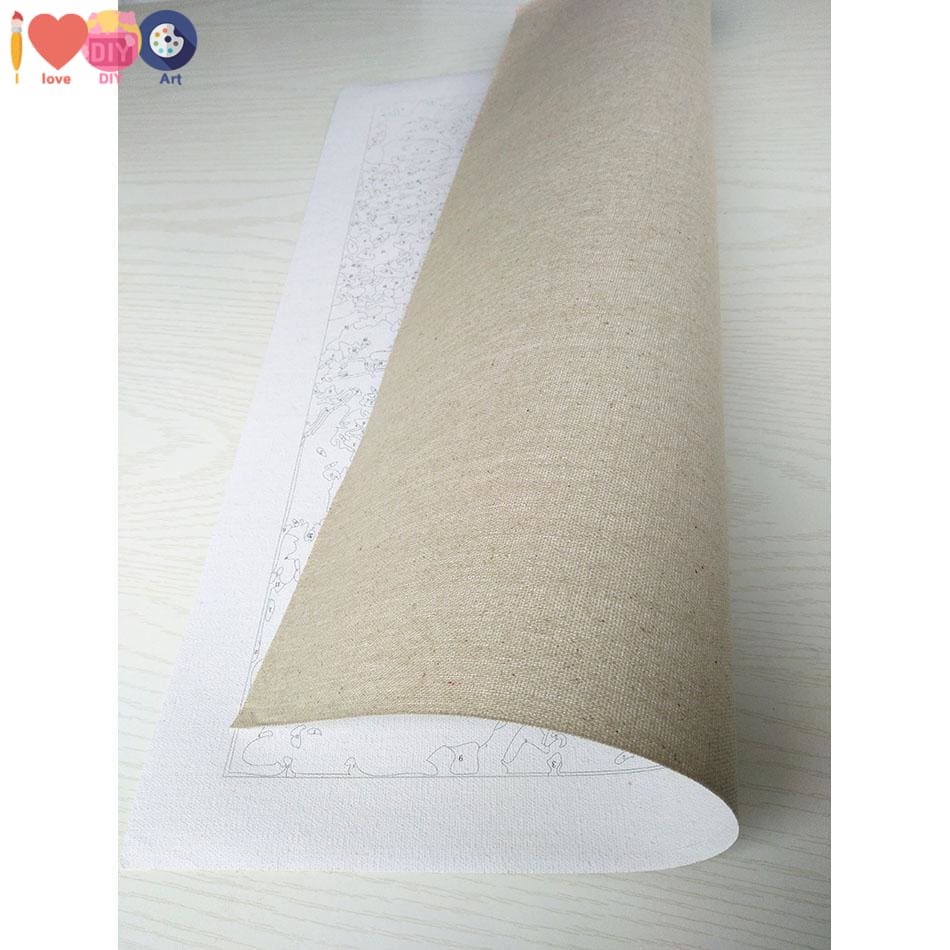Paint on Wedding Dress A Creative Guide
Artistic Styles and Techniques for Wedding Dress Painting
Paint on wedding dress – Painting on a wedding dress offers a unique opportunity to personalize this cherished garment, transforming it into a wearable work of art. The choice of artistic style significantly impacts the final aesthetic, influencing the overall mood and feel of the dress. Careful consideration of the paint type, application techniques, and suitability for the fabric are crucial for achieving a beautiful and lasting result.
Artistic Styles for Wedding Dress Painting, Paint on wedding dress

Source: originalpaintbydiamond.com
Several artistic styles lend themselves beautifully to wedding dress painting. The choice depends on the desired level of detail, the overall aesthetic, and the bride’s personal preference. Here are three distinct styles, each with its own unique characteristics.
| Style Name | Technique | Materials | Visual Impact |
|---|---|---|---|
| Watercolor Wash | Thin washes of diluted watercolor paint, allowing the fabric texture to show through. Layering can create depth and subtle shading. | Watercolor paints, brushes (various sizes), water spray bottle, fabric medium. | Soft, ethereal, romantic; delicate and translucent; emphasizes the flow and drape of the fabric. |
| Acrylic Detailing | Precise application of acrylic paint, ideal for intricate designs and sharp lines. Can be layered for complexity. | Acrylic paints, fine detail brushes, palette knife (for texture), fabric medium. | Bold, vibrant, detailed; crisp lines and strong colors; suitable for both intricate and minimalist designs. |
| Oil Painting Impressionism | Loose brushstrokes, focusing on capturing light and texture rather than precise detail. Blending is key. | Oil paints, brushes (various sizes), palette knife, linseed oil, fabric medium, odorless mineral spirits (for cleanup). | Rich, textured, impressionistic; creates a sense of movement and energy; ideal for capturing a mood or feeling. |
The choice of paint also impacts the final look. Watercolor paints offer a delicate, translucent effect, while acrylics provide bold, vibrant colors and sharp details. Oil paints create a rich, textured look, ideal for impressionistic styles. Watercolor is best suited for lighter fabrics like silk and chiffon, while acrylics and oils work well on a variety of fabrics, including satin and heavier laces, provided appropriate fabric preparation is undertaken.
Preparing the Wedding Dress for Painting

Source: shopify.com
Proper preparation is crucial for protecting the wedding dress and ensuring the paint adheres correctly. This involves cleaning, pre-treating, and protecting the fabric to prevent damage and ensure the longevity of the painted design.
- Clean the Dress: Gently hand-wash or dry-clean the dress according to the care instructions. Any stains or dirt must be removed before painting.
- Pre-treat the Fabric: Apply a fabric medium to the areas where you’ll be painting. This helps the paint adhere to the fabric and prevents it from bleeding or fading.
- Protect the Unpainted Areas: Use painter’s tape or a resist medium to protect areas you don’t want painted. This ensures clean lines and prevents accidental spills.
Materials needed include a gentle detergent, a fabric medium specifically designed for the type of paint being used, painter’s tape, and a clean, soft cloth.
Design Ideas and Motifs
The choice of motif should complement the wedding theme and the bride’s personal style. Here are three unique painting motifs, each with symbolic meaning.
| Theme | Motif | Description | Symbolism |
|---|---|---|---|
| Romantic | Floral Wreath | A delicate wreath of intertwining flowers and leaves, encompassing the bodice or skirt. | Love, beauty, new beginnings, eternity. |
| Modern | Geometric Pattern | Bold, abstract geometric shapes and lines, creating a contemporary and stylish look. | Modernity, sophistication, precision, unique style. |
| Rustic | Botanical Illustration | Detailed illustrations of wildflowers and foliage, creating a natural and earthy feel. | Nature, simplicity, growth, connection to the earth. |
Other examples include:
- Floral patterns: Roses (love), lilies (purity), peonies (prosperity).
- Geometric designs: Mandalas (balance), triangles (growth), circles (unity).
- Abstract art: Swirls (movement), splatters (energy), gradients (transition).
Color Palette Selection and Application
The color palette should complement the wedding dress color and the overall theme. Consider the season and the time of day for the wedding when selecting colors.
- Ivory dress: Pastels, blush tones, gold accents.
- White dress: Jewel tones, bright colors, metallics.
- Champagne dress: Warm neutrals, earthy tones, copper accents.
For a spring wedding, consider light and airy colors; for autumn, rich and warm tones. Applying paint involves techniques such as shading, blending, and layering to create depth and texture. Experiment on a scrap piece of fabric before applying paint to the dress.
Preserving the Painted Wedding Dress
Proper sealing and care are essential to preserve the painted wedding dress for years to come. This involves sealing the paint, proper cleaning, and careful storage.
- Seal the Paint: Apply a fabric sealant to protect the paint from fading, cracking, or chipping. Follow the sealant’s instructions carefully.
- Clean Carefully: Spot clean only with a damp cloth and mild detergent, avoiding harsh chemicals or abrasive materials.
- Store Properly: Store the dress in a cool, dry place, away from direct sunlight and moisture. Use an acid-free tissue paper to prevent yellowing.
Illustrative Examples of Painted Wedding Dresses
Imagine a flowing silk gown, painted with a watercolor wash of delicate lavender and blush tones, featuring a whimsical floral wreath design around the bodice. The ethereal effect is enhanced by the translucent quality of the watercolor, allowing the fabric’s texture to shine through. The overall effect is romantic and dreamy.
Next, consider a satin wedding dress adorned with a bold geometric pattern in vibrant turquoise and gold acrylics. The sharp lines and striking colors create a modern and sophisticated look. The rich texture of the satin enhances the paint’s vibrancy, making it a statement piece.
Painting on a wedding dress can be a surprisingly effective way to personalize it, adding unique details and a touch of whimsy. The careful application of paint requires good lighting, and for that, a well-placed led tischlampe wohnzimmer could prove invaluable, ensuring precise brushstrokes and preventing mistakes. Ultimately, the right lighting can make all the difference in achieving a professional-looking painted wedding dress.
Finally, envision a lace wedding dress with an impressionistic oil painting of wildflowers in muted earth tones. The loose brushstrokes capture the beauty of nature, creating a rustic and elegant feel. The delicate lace peeks through the paint, adding depth and texture to the design.
FAQ Section: Paint On Wedding Dress
Can I paint on any type of wedding dress fabric?
While many fabrics can be painted, some, like delicate lace, require extra care and specific paint types. Always test a small, inconspicuous area first.
How long does the paint take to dry?
Drying time varies greatly depending on the paint type, the number of layers, and environmental factors. Always follow the manufacturer’s instructions.
How can I prevent the paint from cracking or peeling?
Proper fabric preparation, using a suitable primer, applying thin layers of paint, and using a high-quality sealant are crucial to prevent cracking and peeling.
Is it possible to dry clean a painted wedding dress?
This depends on the paint and sealant used. Check with a professional dry cleaner specializing in delicate garments before attempting dry cleaning.

















